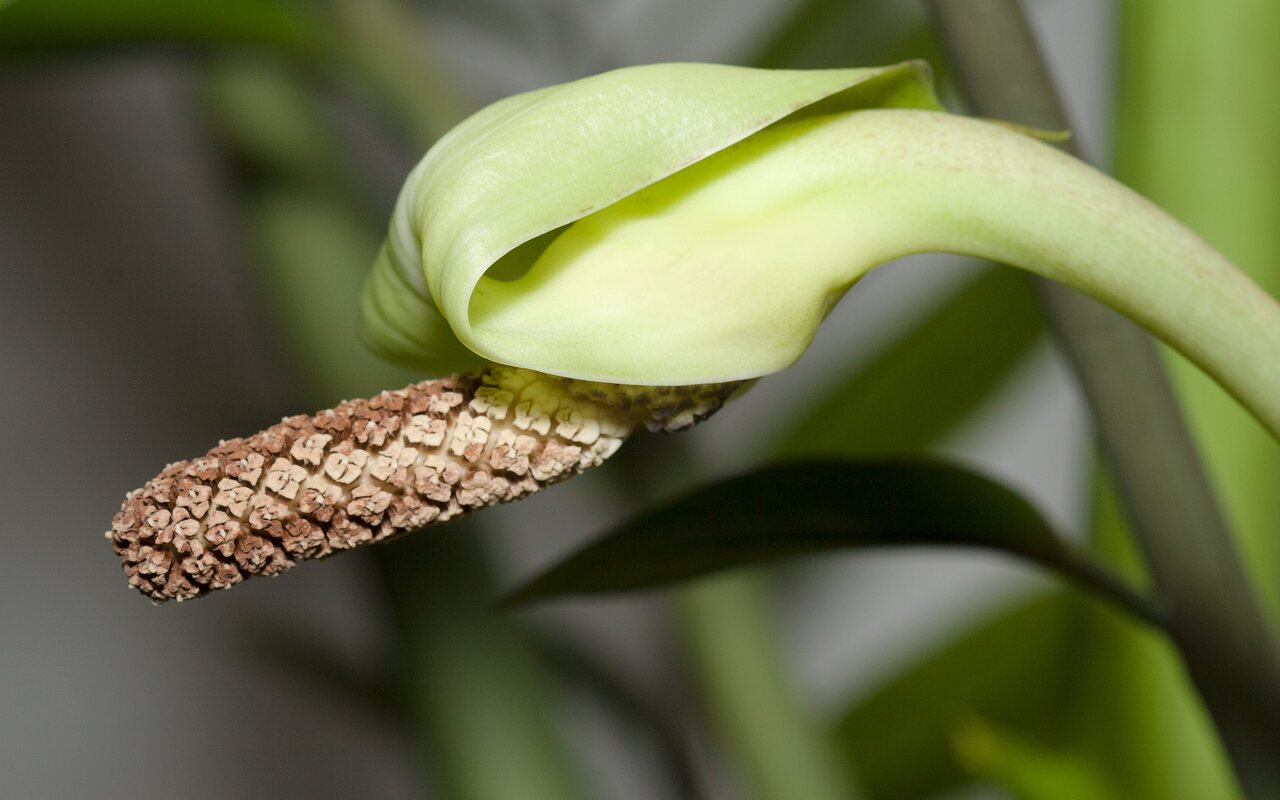
Zamioculcas zamiifolia · zamijalapis zamiokulkas
- Zanzibar gem, ZZ plant, Zuzu plant, emerald palm
- Glücksfeder, Kartonpapier-Palme
- zamijalapis zamiokulkas, pinigų medis
- Zamiokulka, zāmija, afrikāņu palma, laimes palma
- zamiokulkas zamiolistny
https://en.wikipedia.org/wiki/Zamioculcas
It is an herbaceous perennial growing to 45–60 cm tall, from a stout, underground, succulent rhizome. It is normally evergreen but becomes deciduous during drought, surviving drought due to the large potato-like rhizome that stores water until rainfall resumes. Zamioculcas zamiifolia contains an unusually high water contents of leaves (91%) and petioles (95%) and has an individual leaf longevity of at least six months, which may be the reason it can survive extremely well under interior low light levels for four months without water.
The most visible "branches" are actually smooth, shiny, dark green, pinnately compound leaves. These are 40–60 cm long, with swollen, succulent petioles and 6–8 pairs of leaflets, each 7–15 cm long. Zamioculcas zamiifolia grows slowly, reaching heights and widths ranging from 0.6 to 1.2 m. The flowers are produced in a small, bright yellow to brown or bronze spadix 5–7 cm long and wrapped in a yellow-green spathe; the whole inflorescence is partly hidden among the branch bases. Flowering is from midsummer to early autumn.
Daugiametis kambarinis augalas, kilęs iš rytų Afrikos. Vienintelė rūšis gentyje. Žydi tik visiškai subrendęs, pakankamai retai. Žiedynas – nedidelė balta burbuolė su papėdlapiu, kiek primenanti kukurūzo burbuolę, ne ypač išvaizdi, kaip ir kitų aroninių.
‥
0 comments
Add a comment